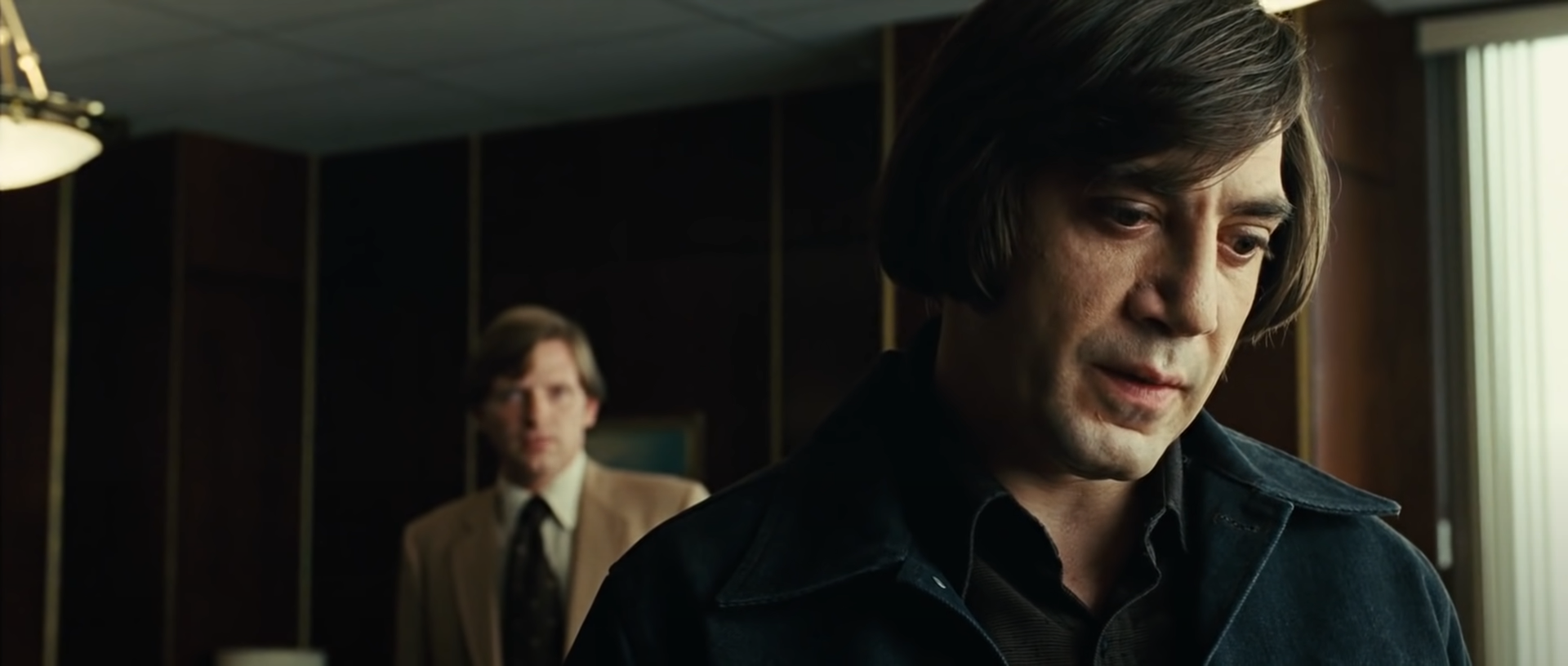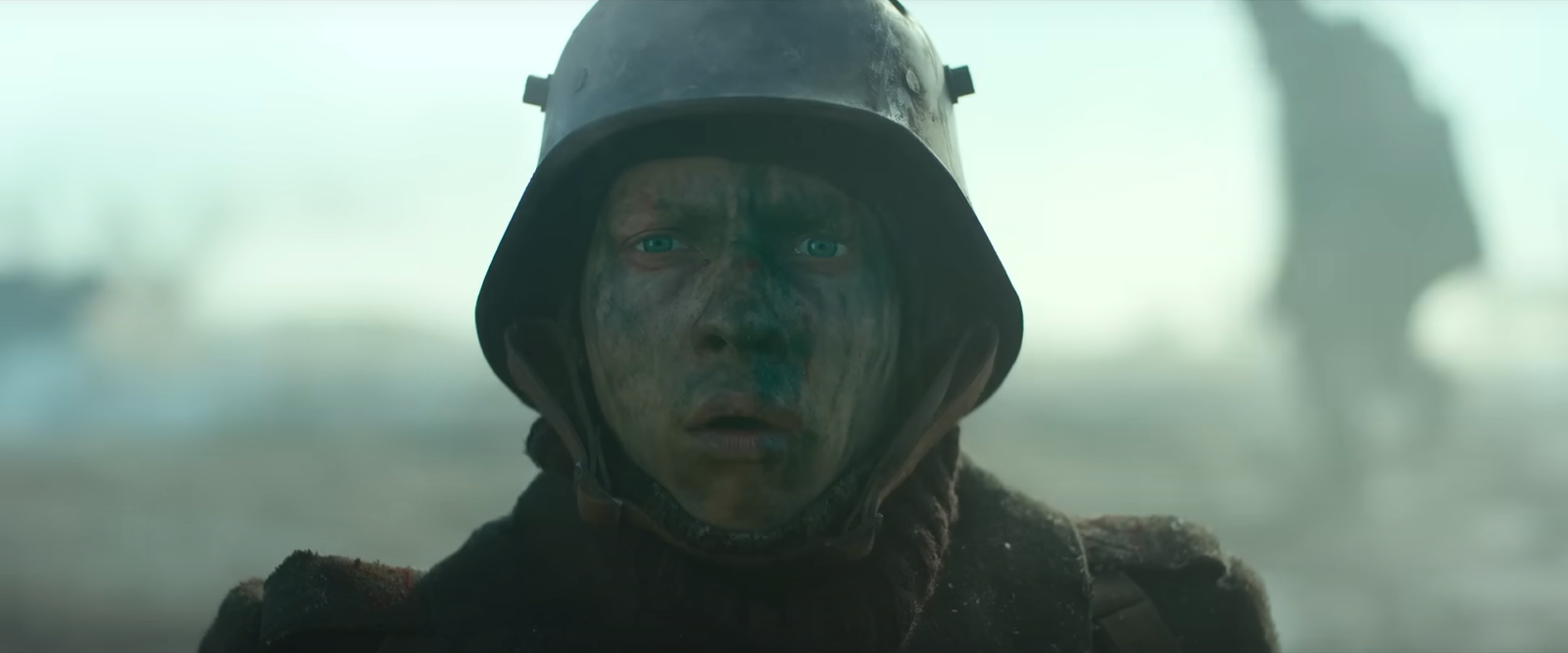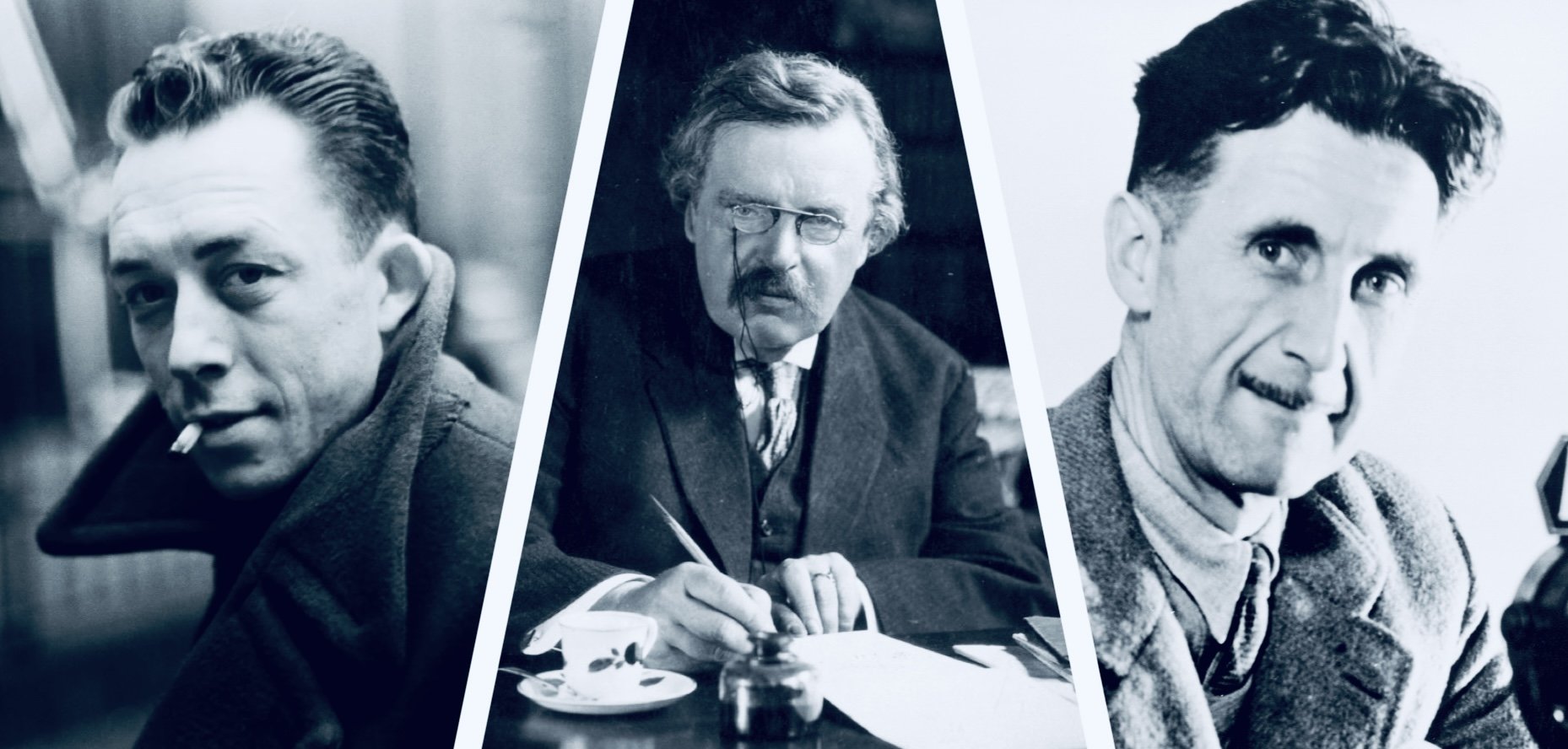Agatha Christie vs the dominion of content
/Near the end of the Coen brothers’ No Country for Old Men, hitman Anton Chigurh breaks into his employer’s office and shoots him. The reason? Professional betrayal. His unnamed boss had not only hired him but put a group of cartel killers on the same job without telling him. The result was half of the chaos in the film. As Chigurh watches the light go out of his boss’s eyes, a hapless accountant explains the reasoning behind the betrayal: “He feels—he felt that the more people looking—”
Chigurh cuts him off. His reply is a line I often think of: “That’s foolish. You pick the one right tool.”
Up until now I haven’t written about the Roald Dahl fiasco, a story that has turned into a slowly unfolding revelation of widespread censorship of long-dead novelists. Since Puffin’s silly, craven, artless changes to Dahl’s stories were revealed earlier this year, changes to other authors have come along including Ian Fleming and now Agatha Christie.
Still, I felt like I had actually anticipated this and said all I had to say about it two years ago, when a small but loud number of book influencers on Twitter, Goodreads, Instagram, and TikTok demanded the cutting of individual lines from several popular authors’ latest books. Then, while reading about the Agatha Christie revelations this week, I saw this:
I had heard that Oates is a bit of a… character on Twitter. I can’t judge based on one screenshotted tweet, but even if this were the first strange, ill-informed, and thoughtless thing she had said it would still belong in the Condescension Hall of Fame.
There’s the backhanded compliment of “clever,” the kind of word used of a precocious toddler or a dog that answers more than six or seven commands; the sniffy invocation of style and “sociological realism” as standards of excellence that poor Mrs Christie simply can’t afford; the scare quotes around the idea of a plot twist, as if this is some kind of outlandish and distasteful feature of primitive storytelling; and of course comparison with “more literary” authors, whatever “literary” means here. Probably arbitrarily difficult, though that doesn’t describe Twain, who certainly wrote to entertain, and only some of Faulkner, who still had a connection to a reading public in a way most latter-day “literary” types do not. This is the kind of blithe snobbery more likely heard from the mouths of clichéd British aristocrats in bad movies than in real life.
Last week I finally got (most of) my thoughts about the dominion of “content” out of my system. Read that if you haven’t so you can see where I’m coming from. But note Oates’s last and presumably most important argument: “changing her language will hardly matter.”
Oates’s snobbery is nasty enough, but the implications of this idea are abominable. A good writer is a craftsman. He selects his words carefully and precisely. As he writes he looks for—to bring Chigurh back in—the one right tool, the exact word expressing what he intends and that no other word can. Each word matters. Each must be right. A good author will find it regardless of whether he’s trying to be “literary” or not, and Agatha Christie was a good author. She paid attention, planned carefully, and worked hard at what she did. So did Ian Fleming, something I’ve taken pains to point out.
What Oates is arguing here is the logical endpoint of storytelling as mere content production. She suggests that some gnostic form of Christie’s stories exists independent of the words with which Christie, their author and creator, constructed and told them. As long as you get that, it doesn’t matter what particular words are used to deliver it. They’re interchangeable and replaceable and can be tailored to the consumer. All of this reduces Christie’s careful work to branding on content. The snobbery is a cheap justification of vandalism.
I go into this not because I have an animus toward Oates—I’ve never read any of her presumably “more literary” work and don’t really know anything about her—but because the sentiment she expresses here is representative. I’ve seen many variations of it, usually something like: “They’re just changing a few words so that modern audiences can continue to enjoy them.” Enjoy what? Christie’s books? Because that’s what the editors and sensitivity readers are fooling with.
It’s not Christie’s books that need to change. Oates—a writer!—and everyone who agrees with her or supports the alteration of old books should be ashamed. Not because Christie was the greatest writer who ever lived, though she was a good one, and not because purportedly offensive things must be left in print, but because to treat a writer’s tools, his words—every one of them, even those of which we disapprove—as irrelevant is to undermine the very idea of writing as a craft. It’s an ugly and destructive betrayal.
As it happens, the changes to Christie’s books were not news to me. Last year after Tom Holland and Dominic Sandbrook’s The Rest is History episode on Christie I dropped by Barnes & Noble to browse her books. On the copyright page of the very first one I picked up I read a note from the publisher stating that “minor editorial changes” had been made to “outdated cultural representations” but that “for the most part this classic work is reproduced as originally published.” For the most part is doing a lot of work there.
I didn’t buy that book. It wasn’t the one Christie wrote and I was not going to pay for one some grubby failure of a sensitivity reader had gotten ahold of. If you care at all about stories or the art and craft of writing, I encourage you not to settle for bowdlerized, compromised editions, either. And I hope publishers take note.
*****
Addendum: The commonly repeated and mindless rejoinder to the specific example of Agatha Christie is: “What about And Then There Were None? AKA Ten Little Indians? AKA Something Much Worse?” If you can’t tell the difference between changes to a book overseen and approved by the book’s author and those undertaken long after the author is dead, you don’t belong anywhere near someone else’s work.




































